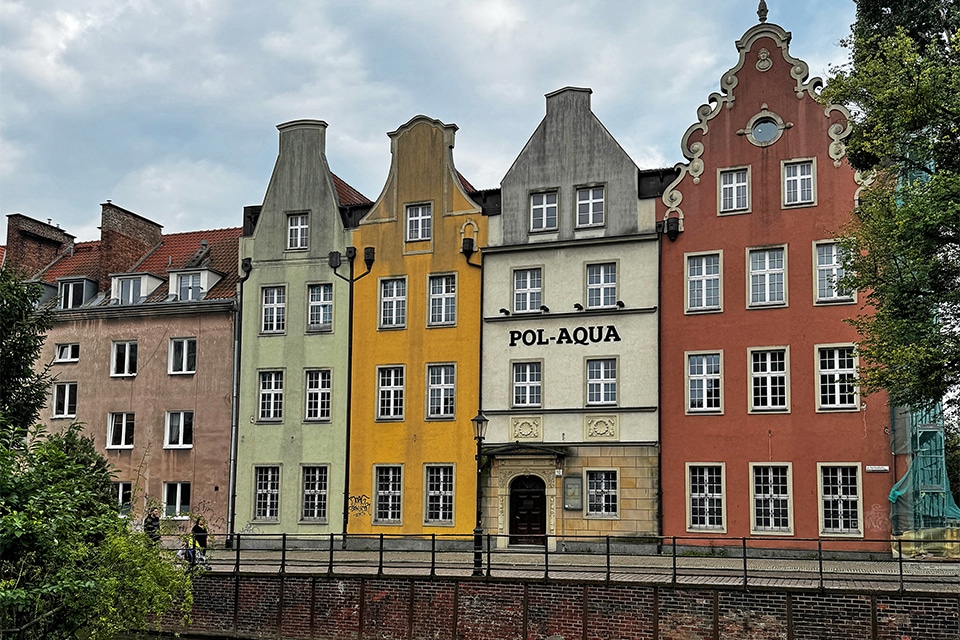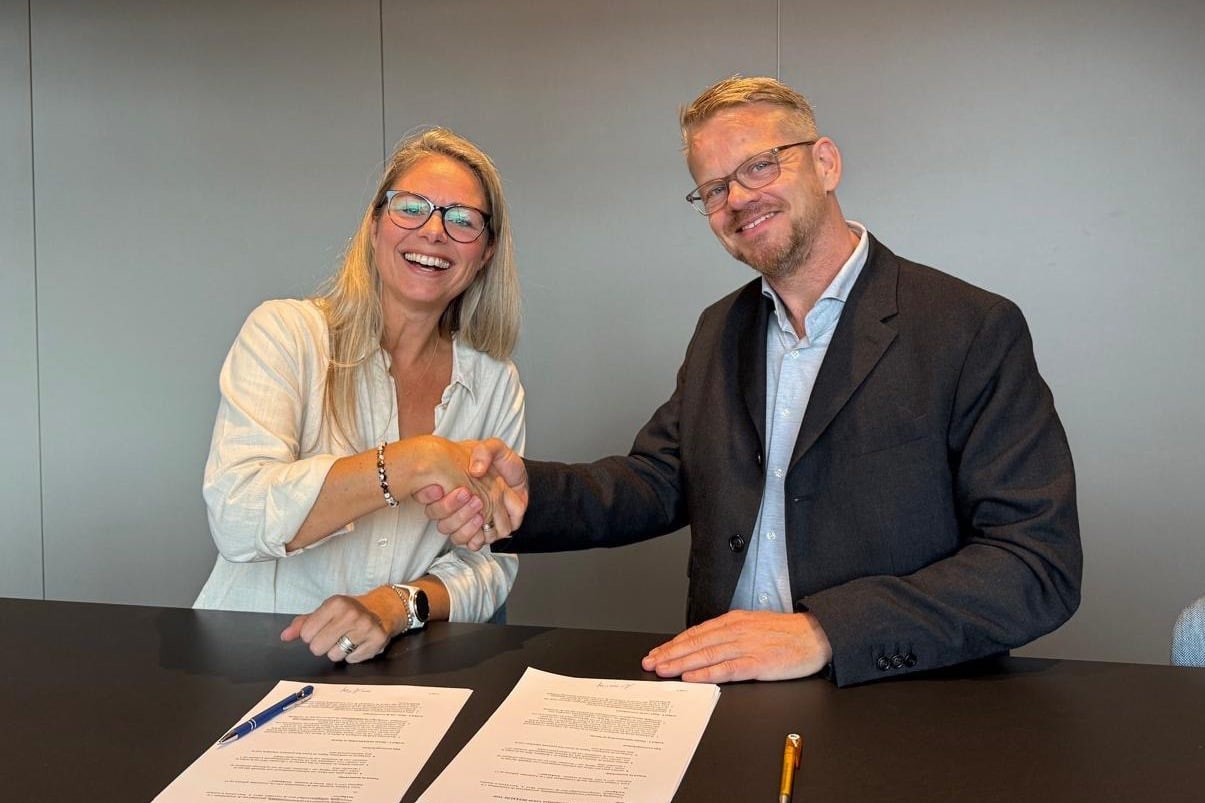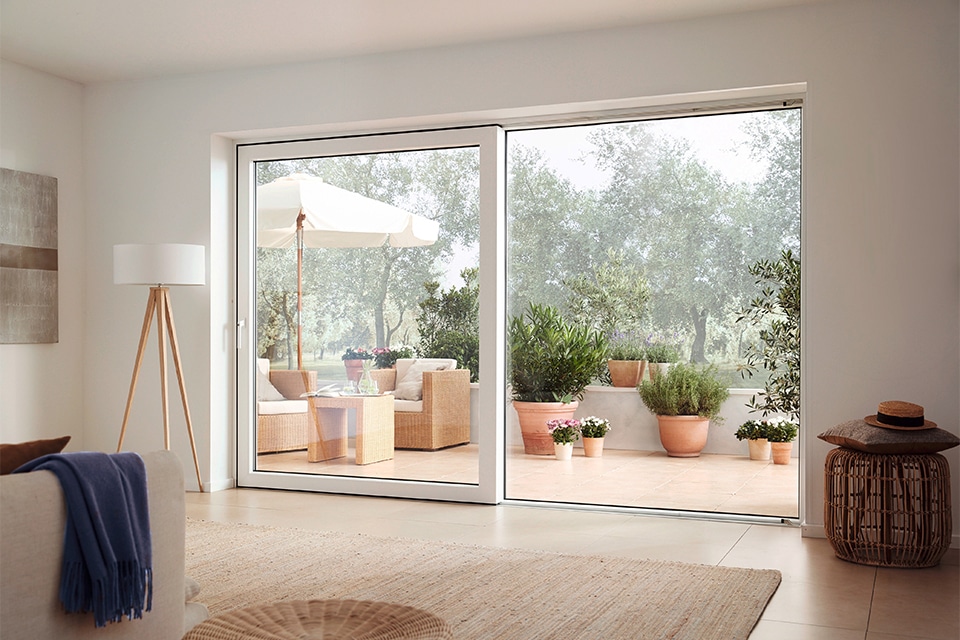
Fire safety of ventilated facades
Fires that spread through gaps in construction, for example in cavities behind cladding, pose a high risk for rapid fire propagation. These fires are difficult for firefighters to reach and extinguish.
Erik Hansen, responsible for sales in Benelux at Odice, says ventilated facades are widely used in construction because of a number of advantages.
"These can provide improved thermal insulation and pressure equalization to prevent mold and moisture problems. They also have a wide range of aesthetic and design options. In the event of a fire, however, the air gap behind the cladding can contribute to the rapid spread of flames. The fire can then spread five to 10 times faster than on the outside of the cladding."
In the Netherlands, the standards NEN 6068 and 6069 - A1: 2016 apply to the vertical compartmentation of facades. To divide the air gap of ventilated facades fire compartments, different barriers are used, such as perforated and non-perforated steel and rock wool with or without intumescent material.

Hansen: "Some barriers cause problems. They reduce free airflow, retain moisture, and non-foaming barriers allow fire to propagate. Another problem with so-called "traditional" ventilating cavity walls is that they can fail when the lining moves. The intumescent material may not expand properly to fill a widening cavity because it is not sufficiently present. Another problem is wrap-around plastic, which melts, ignites, drips and spreads the fire further."
To ensure full ventilation of the ventilated facade, prevent the spread of a fire and avoid the problems mentioned above, Odice offers the solution FB® Cavity Barrier.
"FB Cavity Barrier is a unique, patented passive fire-resistant insulation that immediately stops flames, reliably seals the air gap of the ventilated facade and prevents the spread of flames for up to 90 minutes. Thanks to the design of the FB Cavity Barrier, the microporous layer - which forms the fire-resistant insulation - stays in place. In addition, FB Cavity Barrier does not form burning droplets. FB Cavity Barrier traps burning droplets that may come from other materials of the façade and prevents small embers from entering the ventilated cavity."
FB Cavity Barrier is tested according to EN 1366-4:2006, certified as a fire resistant product in fire classes EI30, EI60, EI90, and tested according to: ASTM2912, SP105, Lepir2 and BS8414.




